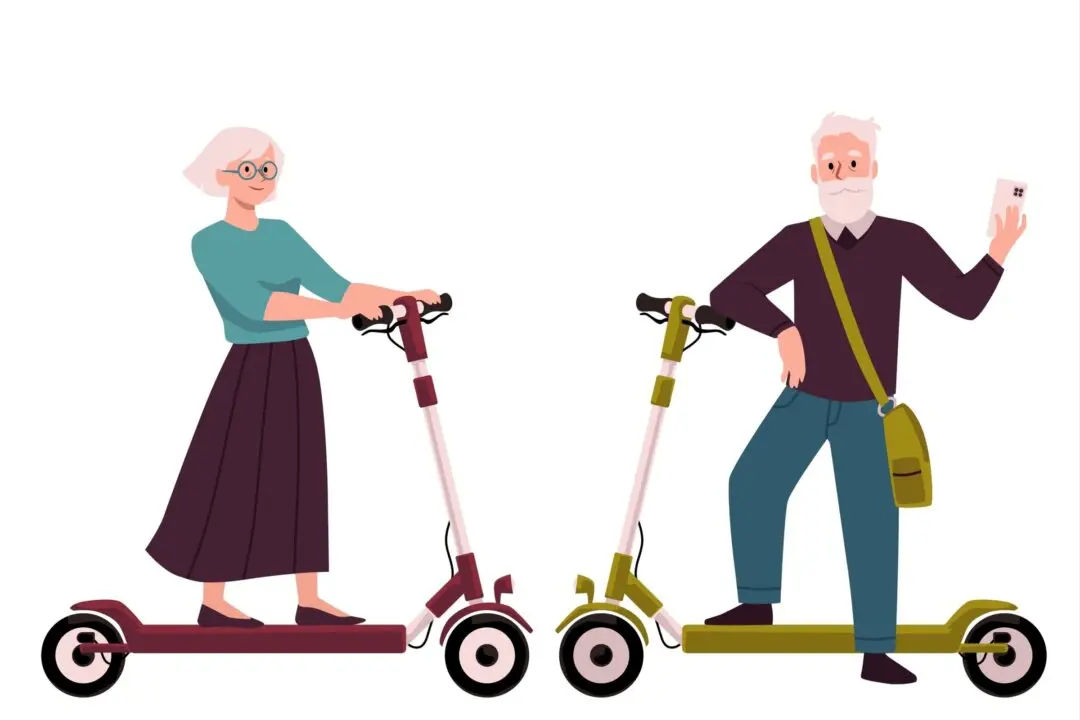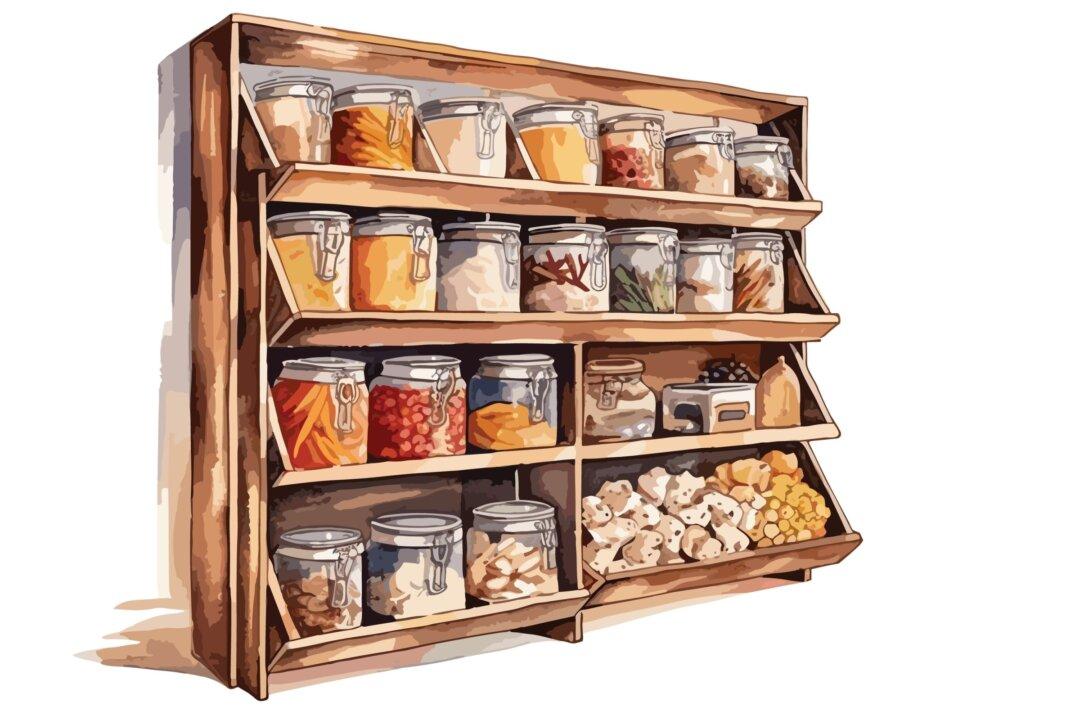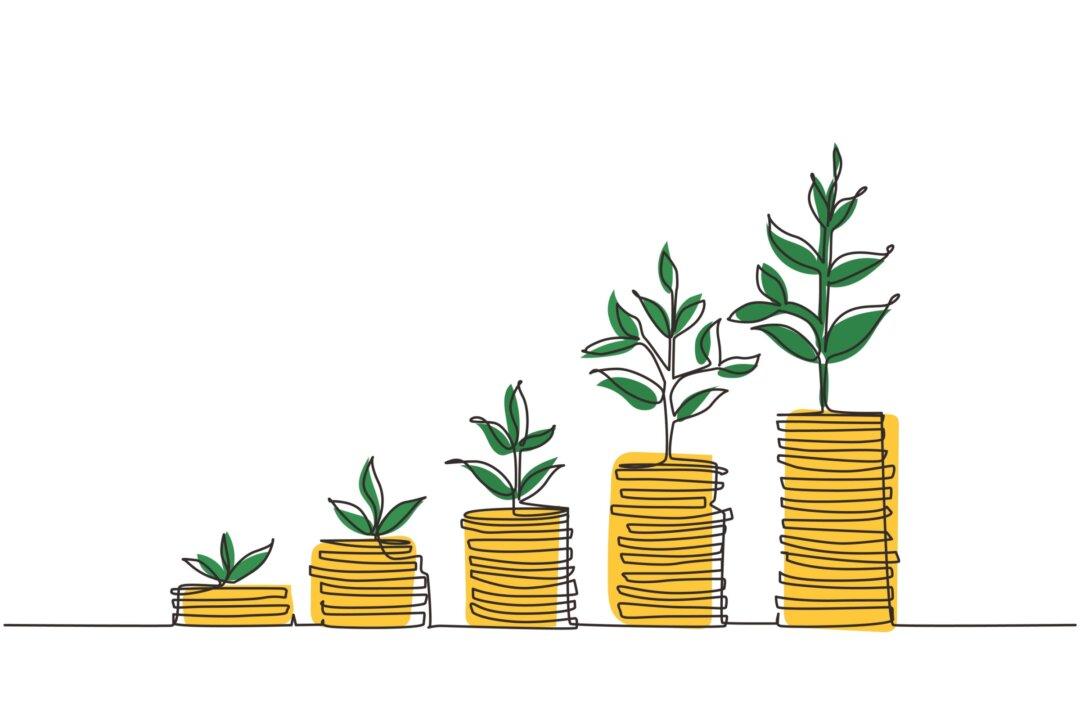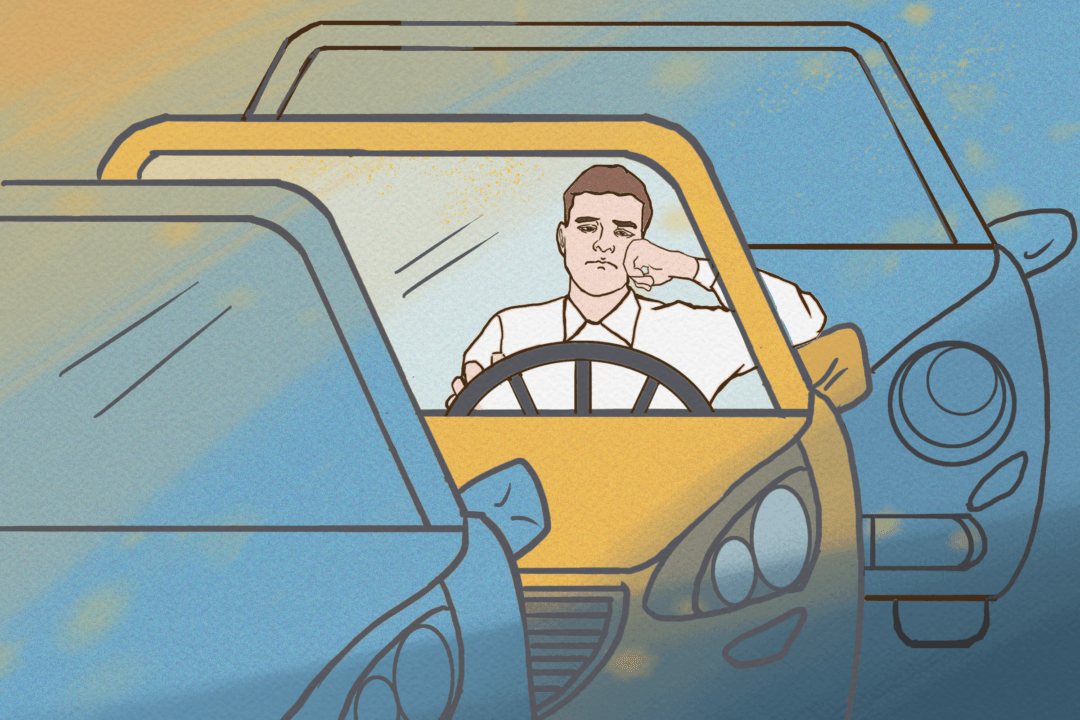This Sunday Canada will mark National Aboriginal Day and celebrate the cultures of our First Nations, Inuit and Métis people. But that celebration will be tinted by the bitter reality facing Canada’s founding peoples and the ongoing frustrations that some Aboriginal leaders predict will lead to confrontations down the road.
While high school graduation and employment figures have improved, Canadian Aboriginals continue to be Canada’s most impoverished people, often living in conditions more comparable to developing countries than to the rest of Canada.
Overcrowding, obesity, malnutrition, and a lack of clean water continue to plague Canada’s more remote Aboriginal communities. That situation was highlighted last week when the World Health Organization raised concerns about the high number of serious cases of H1N1 infection in those communities.
And with a young and increasingly urban population, the health and well-being of Canada’s Aboriginals is of growing significance to the rest of Canada. In Manitoba and Saskatchewan some projections suggest Aboriginals could make up to a third of the population by 2050.
While that projection may be high, Canada’s Aboriginal population has grown six times faster than the non-Aboriginal population in recent years. Aboriginals are 10 to almost 20 years younger than Canada’s overall median age of 40 years. Although they only represent 3.4 percent of Canada’s population now, that figure is expected to jump to 4.1 by 2017 and is growing at twice the rate of the national average.
But that growth in numbers is accompanied by other statistics, like incarceration and suicide rates five times higher than other Canadians. Suicide rates among Inuit youth are among the highest in the world, 11 times higher than the national average, according to Health Canada.
Aboriginals are also twice as likely to die as infants or develop chronic conditions like asthma, arthritis, and diabetes.
Such statistics help explain why Chief Gilbert Whiteduck of the Zitigan Zibi reserve in Quebec, Canada’s largest Algonquin Nation, predicts there could be trouble ahead if Canada doesn’t make big strides in its relationship with its Aboriginal people.
He said that Aboriginal people do well when opportunities exist, but grow frustrated when they face an uphill battle to achieve the same quality of life other Canadians take for granted.
“First Nations Youth quickly get disenfranchised when they cannot access opportunities, especially when they see non-first nations do access them.”
Canada’s relationship with its Aboriginal people has improved significantly in recent decades. Until the 1970s, the Canadian government still supported several residential schools, a joint effort between the government and various churches to educate Aboriginal youth and force assimilation by taking them away from their families and communities. The schools became notorious for physical and sexual abuse and many students died there.
While the government issued an historic apology to former students of the schools one year ago, Whiteduck said little has changed in the relationship between the federal government and Aboriginal communities.
He cites a landmark Supreme Court ruling that demanded British Columbia’s government consult and accommodate First Nations about land use that affects them or their land claims.
Currently, Whiteduck says consultations are not sincere because the government is providing huge reports drafted by teams of engineers and lawyers that few Aboriginal governments have the resources to properly analyse.
“They are not honouring the spirit of that ruling,” he said.
There are still over 1,000 unsettled land claims being worked on by Indian and Northern Affairs Canada. The claims come with a long history of broken treaties, underhanded negotiations and drawn out claims processes.
Canada rejecting the United Nations Declaration on the Rights of Indigenous Peoples also infuriated many, Whiteduck said.
Without significant change, he warned, frustrations will continue to grow and could lead to confrontations. He doesn’t rule out the possibility of an Oka-style showdown. That violent 1990 conflict in Quebec began as a land claim dispute between the Mohawk Nation and the city of Oka over a burial ground threatened by development plans to expand a golf course. One police officer was shot and died in the conflict.
Many Canadians believe a major turning point in Canada’s relationship with its indigenous people was reached when Prime Minister Stephen Harper issued the apology over the residential school program.
But on the anniversary of that event—Canada’s first National Day of Reconciliation—speakers at a celebration on Parliament Hill spoke of forgiveness as often as they spoke of frustration. Many of those in attendance noted that saying sorry for past wrongs was not enough.
“We need to see the government of Canada, through programs and various developments and the way they interact with our community, to illustrate that [apology] in real action and we haven’t seen that yet,” said Peter Dinsdale, executive director of the National Association of Friendship Centres.
“Because the apology was made doesn’t mean the issues have gone away. We need some meaningful change and we are still waiting for that.”
While he couldn’t say he sensed an immanent confrontation between Aboriginals and the federal government was at hand, Dinsdale pointed out that of Canada’s one million Aboriginal people, half live in cities, half are under 25, and half have not graduated high school.
“So it’s a young, very urban, very impoverished population and when these communities get frustrated because of political disenfranchisement or treaties not being recognized or reconciliation not being achieved or generation after generation of poverty, there are going to be long-term consequences,” he said.
“I think a stark warning is true, I think young people in all of our [Aboriginal] communities are getting increasingly frustrated.”
He said many have lost faith in dealing with the federal government and think events like the National Day of Reconciliation are nothing but speeches filled with “empty words and rhetoric.”
Frustration could easily lead to blockades and protests he said. Speeches don’t fix devastating poverty.
Whiteduck echoed those statements, saying the lack of a breakthrough after such a long time has led many Aboriginals to believe that diplomacy has become pointless.
But while some speak of frustration and anger, Phil Fontaine, the National Chief of the Assembly of First Nations, sees progress. During his speech on Parliament Hill on Reconciliation Day he spoke of respect and forgiveness and of working with the Canadian government to achieve a better future for Aboriginal people.
“We’ve had too much pain and suffering in our lives. We want something better,” he said. And while proclaiming that First Nations’ poverty was “Canada’s shame” transforming those communities into healthy, safe communities would be good for the entire country.
“We are absolutely committed to working together ... in the most respectful manner possible,” he said of the relationship with the Canadian government.
“We owe it to ourselves because we are a kind, generous, and welcoming people.”
He noted that 50 years ago there were only 10 First Nations people in university. “Today there are close to 30,000...That is a remarkable achievement.”
But more had to be done, he said. “That number should be 90,000.”
There is widespread agreement among experts and Aboriginal leaders that the key to addressing the challenges facing Canada’s First Nations, Métis, and Inuit peoples is education for better employment opportunities.
While Indian and Northern Affairs Canada was unable to comment on concerns over frustrations among Aboriginals by print deadline, a spokesperson for the department did send information detailing recent government efforts to support education including new investments of $268 million over five years and ongoing funding of $75 million in each subsequent year for an education partnership program with First Nations and the provinces.
William Lindsay, the coordinator for Aboriginal student services at the University of British Columbia, said the government has made efforts to improve education opportunities, but more funding was needed.
“The most essential, key thing is to increase funding for education and also to increase funding for life-skills type programs and rehab type programs for drug and alcohol,” he said.
While Lindsay thought a significant confrontation was unlikely, he said a quiet revolution had begun as more and more Aboriginals received higher education and became able to more effectively influence the Canadian government. Each Aboriginal that escaped poverty and found success became a role model to inspire younger Aboriginals to do the same, he said.
“There are tens of thousands of role models working as hard as they can.”
He added that at an approximate cost of $50,000 to incarcerate one person for one year, the government would be better off financially to invest in education and rehabilitation programs.
Aboriginal Day Celebrates Culture but Poverty and Frustration Remain
This Sunday Canada will mark National Aboriginal Day and celebrate the cultures of our First Nations.
2009 Acura TSX Titus Hsu/The Epoch Times
|Updated:




